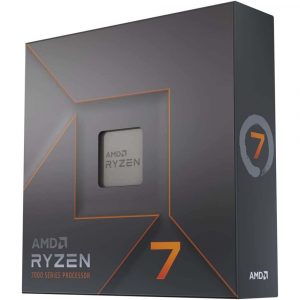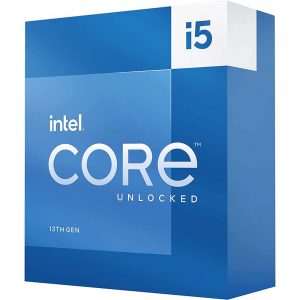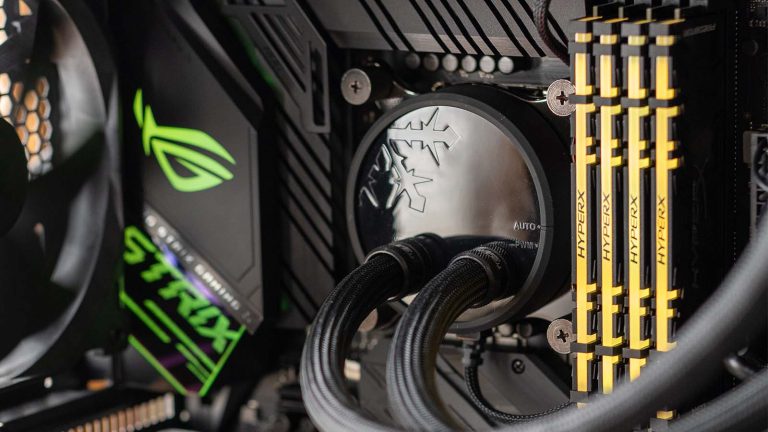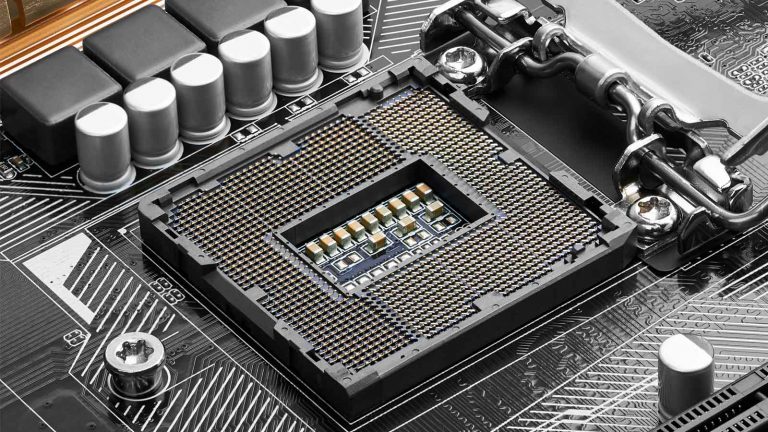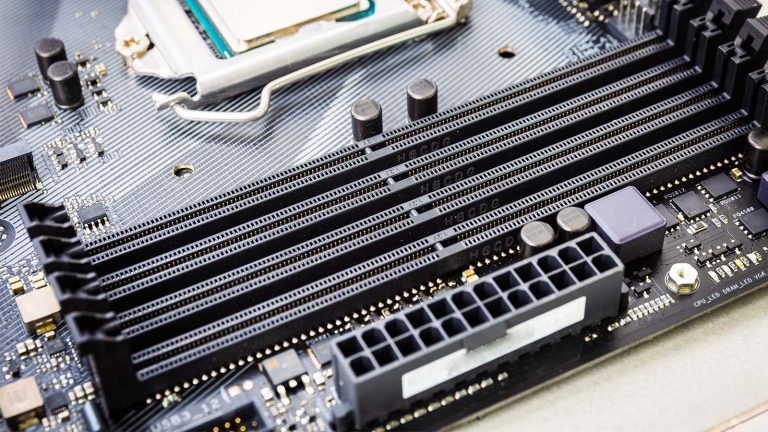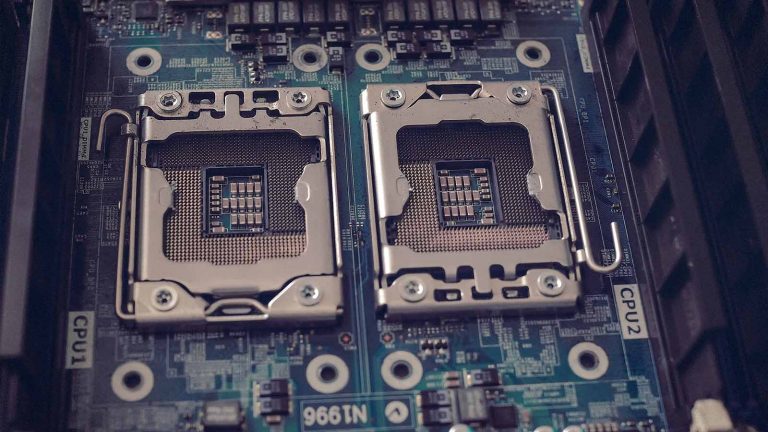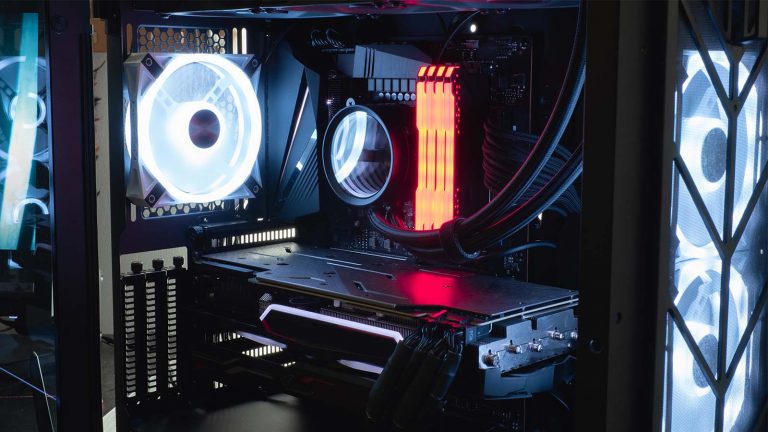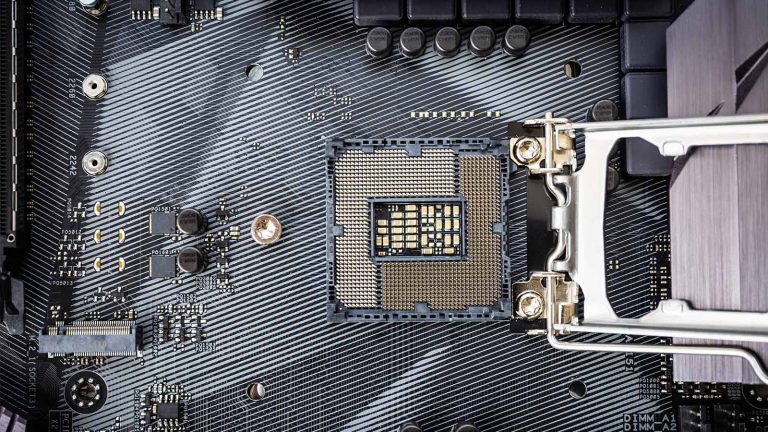6 Best CPUs for Radeon RX 6900 XT in 2025
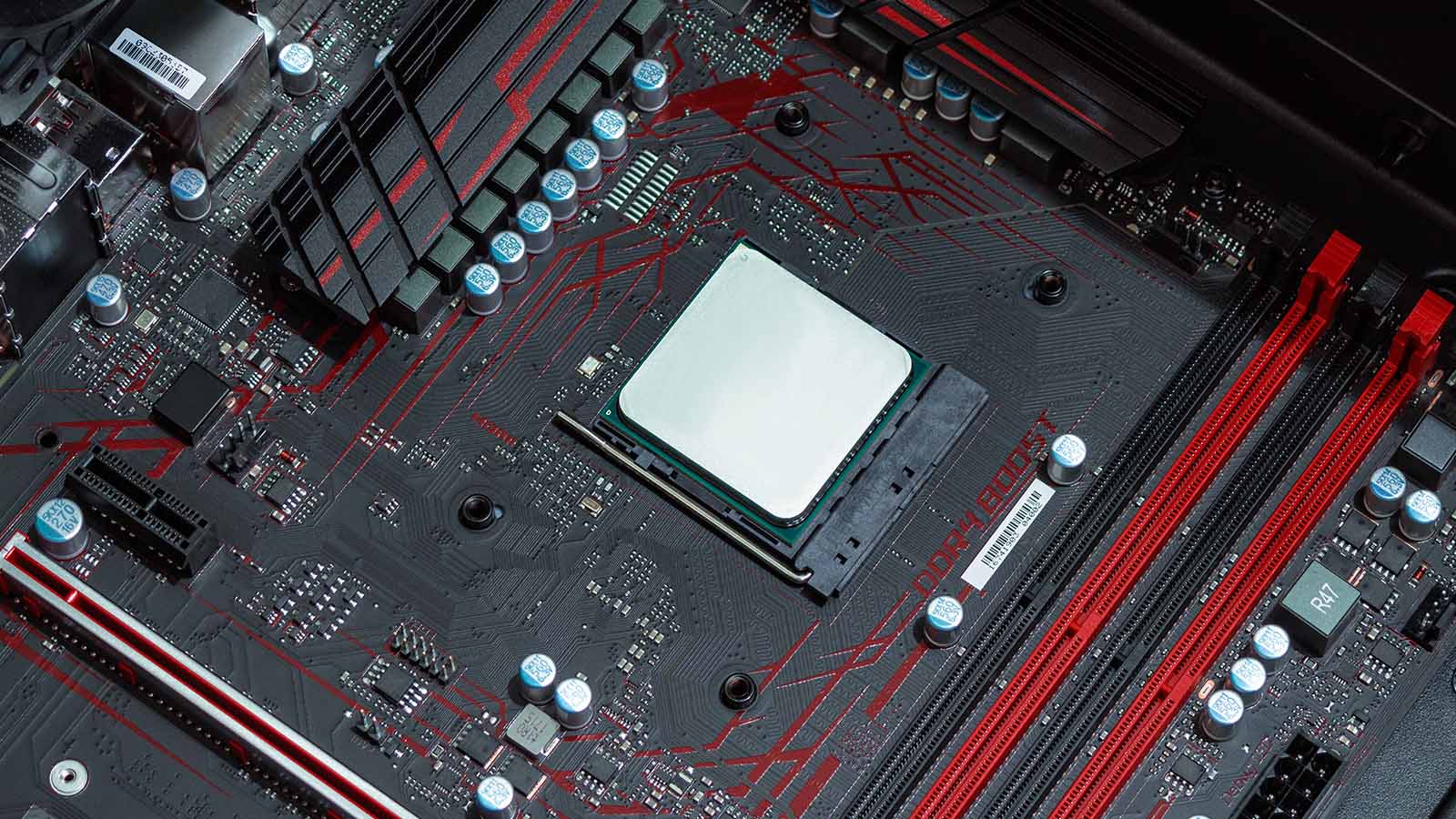
High-end PC gaming finally makes sense again! With new models fast approaching and crypto suffering blow after blow, you can now get a GPU as mighty as the 6900 XT for less than $700 on sale! You should, since it’s almost on par with the RTX 3090 while being cheaper and consuming less. You’ll want one of the best CPUs for Radeon RX 6900 XT to go along with it, and we’ve ranked all the latest chips to help you make an informed choice based on manufacturer and budget.
Best CPUs for Radeon RX 6900 XT - Quick Overview
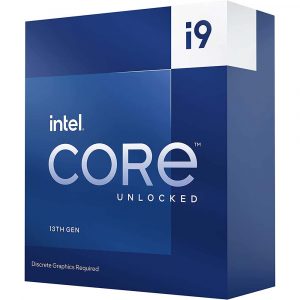 | Intel Core i9-13900KF | Best High-End Intel CPU |
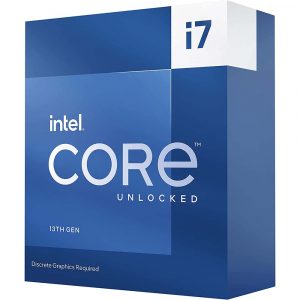 | Intel Core i7-13700KF | Best Mid-Range Intel CPU |
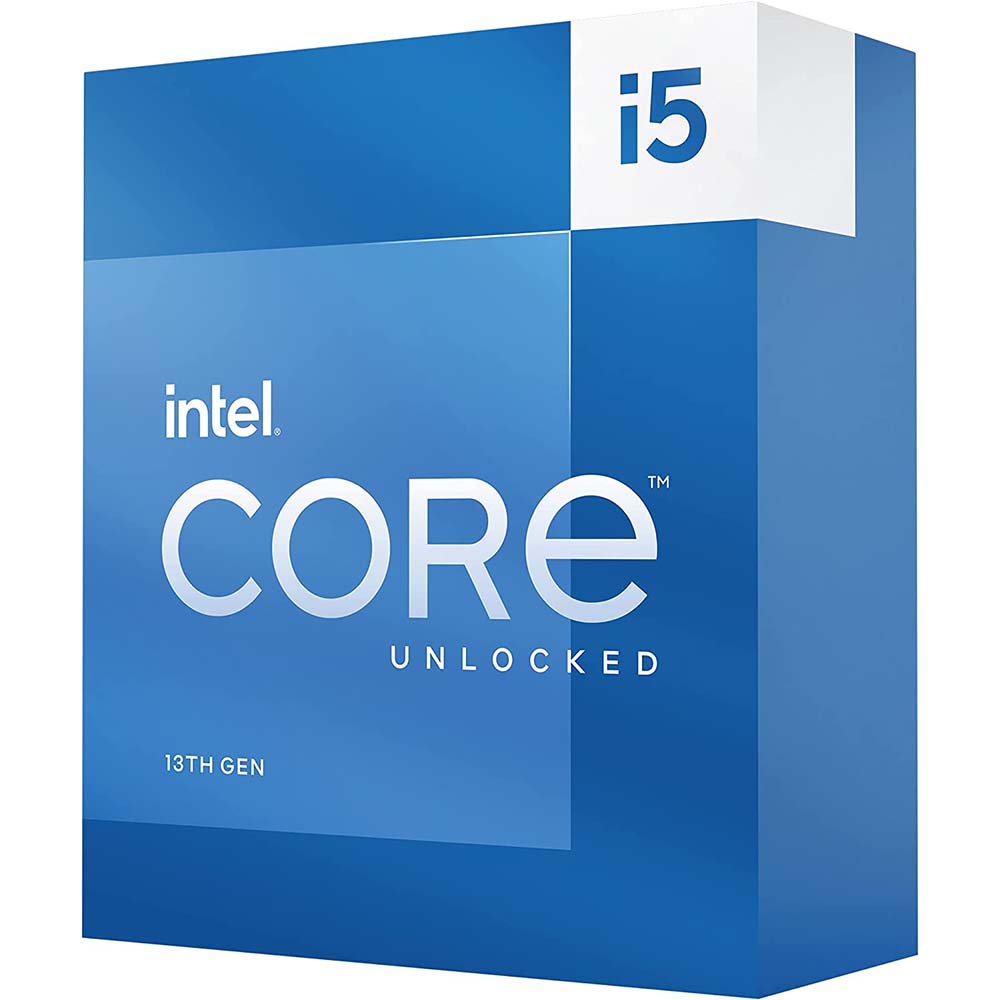 | Intel Core i5-13600K | Best Budget Intel CPU |
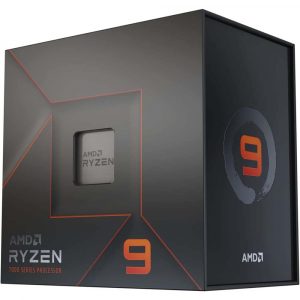 | AMD Ryzen 9 7900X | Best High-End AMD CPU |
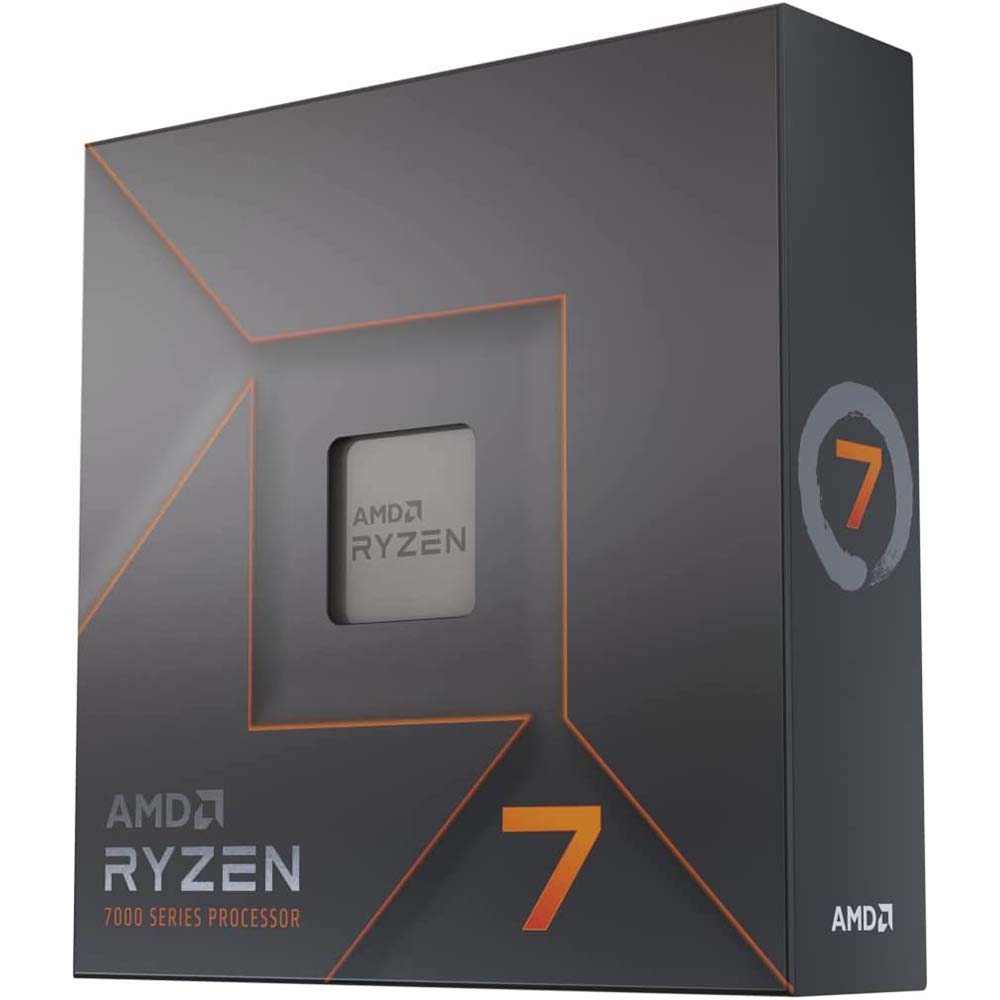 | AMD Ryzen 7 7700X | Best Mid-Range AMD CPU |
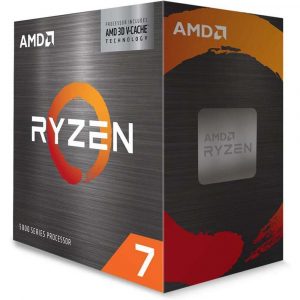 | AMD Ryzen 7 5800X3D | Best Budget AMD CPU |
Best High-End Intel CPU: Intel Core i9-13900KF
The 11th generation of Intel’s core CPUs left a bitter taste, so the PC world sighed in collective relief once it became clear that Raptor Lake wouldn’t be a repeat. In fact, all three initially launched K-series chips are significant upgrades over their predecessors. Unsurprisingly, the 13900K is the new gaming champ. More importantly, it’s also neck-and-neck with the 7950X for different types of productivity tasks.
Switching to two kinds of core paid considerable dividends for Alder Lake, and the next generation doubles down on the design. Literally, in the case of efficiency or E-cores, since the 13900KF now has sixteen instead of eight. These didn’t undergo any structural changes, but clusters of four now have access to 4MB of L2 cache compared to the 12900K’s 2MB.
Intel claims the 13900K can execute 15% more instructions per cycle and gets a whopping 40% multi-threaded boost. The former is due to Raptor Cove performance or P-cores, an upgraded version of the first cores of their kind. The massive multithreaded uplift also benefits from the E-core doubling and improvements to the Thread Director. This component works with Windows 11 to allocate tasks to different core types based on the load.
All-around frequency boosts are the largest generational change on paper. In what we’ll see is a common trend, Intel has lowered both base frequency types while elevating each CPU’s boost limit. The 13900K benefits most from this. It went down 200MHz to 3.0 and 2.2GHz, respectively. However, P-cores now boost 600MHz more to 5.8GHz, while E-cores get a respectable 400MHz bump to 4.3GHz.
As expected, eight more cores and all these enhancements make for a power-hungry and hot CPU. You can forget about air cooling if you’re hoping to push towards the boost limit, as not even the mightiest coolers can keep the CPU running at reasonable temps. The 13900K tops the power consumption charts and is among the least efficient desktop CPUs in that respect.
Multi-threaded uplift is what impresses us most about Intel’s new flagship. AMD’s -950x used to be the go-to productivity chip, yet its latest version scores only a few close victories. Raptor Lake’s finest is slightly in the lead most of the time or falls behind insignificantly.
We strongly encourage you to go with the 13900K only if you use your system for video production, rendering, or other tasks that both it and the 6900 XT can excel at. That being said, gaming as a secondary use will not disappoint, especially if you have a 1440p or a 240+Hz 1080p eSports monitor.
Best High-End AMD CPU: AMD Ryzen 9 7900X
While Zen4 and Raptor Lake launched only a few weeks apart, the event was more monumental for AMD. Raptor Lake is a refresh and marks the end of the LGA 1700 line. Conversely, processors like the 7900X featured here are the vanguard of AM5, the platform AMD hopes to build a successful future on. The 7900X is an excellent productivity-focused chip that rivals Intel’s finest in most respects.
Naturally, there’s also the flagship Ryzen 9 7950X to consider. Our high-end pick is already well-equipped to handle multi-threaded tasks, and you gain nothing for gaming if you spend more. Put the $150 you’ll save towards AM5’s greater platform costs unless it’s imperative that you possess the most potent computational desktop hardware on offer.
AM4 was one of the all-time best CPU platforms, birthing four generations of increasingly more awesome CPUs over five years. The new standard aims to fill its shoes by switching to a land grid array akin to Intel’s and supporting new technologies like PCIe 5.0 and DDR5. Early AM5 is already more successful than LGA 1700 in the PCIe 5.0 department, offering enough lanes for a high-speed NVMe drive and future graphics card to coexist without compromises.
The 7900X itself has a single core type reminiscent of its 5000-series counterpart. You get 12 P-core equivalents again, adding up to 24 threads with hyper-threading. AMD adopted a new 5nm production process to make even better use of its distinctive chiplet design. Only the two CCD clusters and the cores on them get the 5nm treatment; components like the iGPU and I/O are fabricated at 6nm for significant production cost savings.
Intel’s considerable boost clock improvements seem tame compared to Zen4. The 7900X’s cores run at 4.7GHz base and 5.6GHz boost clocks, an improvement of a whopping 1GHz & 800MHz, respectively. The effect such stark increases have on power consumption isn’t worth discussing. If power consumption is among your major concerns, then the 7900X is the way to go.
Desktop CPUs released towards the end of 2022 are bound to also be remembered for their high thermals. Whereas Intel’s are straightforwardly hotter, AMD adopts a thermal strategy previously observed on laptops.
All four Zen4 processors have a safe & stable operating temperature set to 95°C. Whether one can maintain its boost clocks when firing on all cores depends on the strength of your AIO. AMD encourages users to go with at least a 240mm AIO for the best experience.
The 7900X is, first and foremost, a productivity processor. It beats the 12900K without much trouble and breathes down the 13900K’s neck in most cases. Gaming performance is better than the 5900X’s but doesn’t compete with Intel. That’s what our next AMD CPU addresses.
Best Mid-Range Intel CPU: Intel Core i7-13700KF
Do you want 13900K-like performance in almost all areas without paying the premium? The 13700K is your ideal Intel CPU in that case. Its iGPU-less KF version costs almost $200 less, a steal considering how little you’re losing. Raptor Lake’s middle child is the smart choice for anyone who games and uses their system for productivity or creative pursuits in equal measure.
We usually suggest product alternatives, but Raptor Lake is so good that nothing in Intel’s older high-end competes. For example, it wouldn’t make sense to recommend the 12900K instead of the 13700KF, even though they have the same number of cores. The erstwhile flagship is both more expensive and less capable, which is good news for users who decided to wait for Raptor Lake.
We’ve already talked much about the fundamental changes 13th-gen brings, so let’s focus on what makes the 13700KF different. It keeps the 13900K’s eight P-cores and has two disabled E-core clusters. Sound familiar? That’s because the 12900K had a similar configuration.
The differences are significant, though. The 13700KF has second-generation Raptor Cove performance cores, which account for the aforementioned 15% IPC increase. Moreover, it has 30MB of L3 cache compared to its predecessor’s 25MB.
While they aren’t as pronounced, the CPU benefits from boost frequency gains to both core types. Their base frequencies are down by 200MHz again, to 3.4 and 2.5GHz. Conversely, they reap 400MHz boost benefits that put P-cores at 5.4 and E-cores at 4.2GHz.
The 13700KF has the same turbo boost power draw as the 13900K, nominally reaching 253W when stress tested. It consumes less power overall than the 13900K regardless of scenario, but the difference is small. It fares much better when gaming, allowing you to get away with a high-end air cooler and experience max temperatures in the 60s and 70s.
Slightly lower overall scores when assessing productivity performance highlight the only noteworthy difference between Raptor Lake’s best processors. The 13700KF is on par with AMD’s 7900X in most cases while trailing behind the 13900K and 7950X by a margin far smaller than the price difference.
It doesn’t make sense to get a 13900K for gaming, not when the 13700K performs this well. A CPU has to work the hardest to supply the RX 6900 XT with enough data at 1080p. Even then, the 13900K’s lead amounts to a handful of frames when you’re already well into triple digits.
Best Mid-Range AMD CPU: AMD Ryzen 7 7700X
The 7700X is AMD’s take on the high-end modern gaming CPU. It’s your best AMD choice if you want to experience current and upcoming AAA titles in all their glory without worrying about future upgrade paths. Productivity takes a backseat in its design, but the 7700X can compute with the best of them if push comes to shove.
Continuing the trend of superficial similarities, the 7700X retains its recently- released Zen3 predecessor’s core and thread count. It’s more similar to the 5800X when it comes to its 105W TDP and core frequencies. Even comparing these two, the new chip wins big since it gets 700MHz more across the board.
Architecturally, the 7700X is identical to its more powerful stablemates. The difference is that one of its CCD clusters is disabled. Owners of the 6900 XT browsing this article won’t be affected, but it’s nice to see that all AMD desktop CPUs now have integrated graphics. If nothing else, the iGPU can be invaluable if you ever need to troubleshoot graphics card issues.
Despite its nominal TDP bump, the 7700X is among the least gluttonous desktop chips. Stress-testing all its cores by rendering in Blender brings power consumption to around 180W, 80W less than the competing 13700K pulls.
What we said about the 7900X’s temperature is true here as well. Expect full CPU usage to result in 95°C and slight boost clock throttling if your cooling solution isn’t up to snuff. That being said, the 7700X gets several degrees cooler than the 13700K when gaming.
This is the most advanced gaming CPU AMD has released to date, which would have been big news if Intel hadn’t followed up with Raptor Lake less than a month after. All three 13th-gen models do better at 1080p. Their advantage takes a hit at 1440p and vanishes at 4K. Since the 6900 XT excels at both resolutions, Intel becomes a less obvious choice.
Best Budget Intel CPU: Intel Core i5-13600K
Intel’s most popular gaming CPU line just got one of the best new additions in ages! For around $300, you’re getting a chip that effectively matches the big boys in gaming performance and only falls slightly behind for productivity. It’s one of the best processors Intel has ever made and is sure to become a staple of gaming builds regardless of your GPU.
The budget aspect becomes even more exciting once you remember that all Raptor Lake CPUs are LGA 1700 compatible. Two reasons make it great for the thrifty buyer. First, only a BIOS update keeps you from pairing the 13600K with an affordable B660 motherboard.
Second, DDR5 still hasn’t reached the point where investing in it would yield noteworthy improvements in most games or programs. It makes perfect sense to stick with your seasoned DDR4 RAM or buy some + a compatible motherboard if you don’t have any to save on platform costs even more.
The 13600K is the Raptor Lake runt. It has the same physical architectural improvements as the rest, but Intel had to cut many of its cores down to offer the chip at this price. Even so, you’re getting six P-cores and eight E-cores, another doubling compared to last-gen’s equivalent.
A corresponding L3 cache upgrade from 20 to 24MB follows, as do 200 and 300MHz boost frequency improvements to 5.1 and 3.9GHz on the new cores. All three chips have the same 125W base power requirement. The 13600K should be the most cost-effective since its TBP sits at 181W.
However, several sources confirm that it can push to 250W if needed. Keep in mind that such results appear only when torture testing with programs like AIDA64. Real-world power consumption is smaller than on the other two chips, but not by much. With that in mind, the 13600K’s thermal output is less surprising. It’s still disconcerting that you’ll need either a high-end air cooler or an AIO to keep the temperature in check, though.
While not designed for it, the 13600K gives all but current AMD and Intel processors a run for their money when it’s time to create simulations or crunch numbers. Seeing it match or exceed the once mighty 5950X’s performance on AMD’s turf is something else.
The RX 6900 XT is comfortable playing games at 4K with 60+ fps. If that’s your jam, there’s no reason to go with the two more expensive processors since there’s no practical performance difference. Civilization VI is the only outlier, which makes sense considering its CPU-heavy nature.
Best Budget AMD CPU: AMD Ryzen 7 5800X3D
AMD released the first batch of Zen3 processors at the tail end of 2020, so following up with several new SKUs in the same generation 18 months later was surprising. Most cater to users with more modest setups, but the 5800X3D is a worthy brain for a 6900 XT-powered gaming PC. AMD would be foolish not to put out a similar 7000-series chip in the future. If the 5800X3D’s improvements are a clue, it is going to be fantastic.
So, what about the less expensive Ryzen 5 7600X? By all means, choose it instead if you’re building a PC around the 6900 XT from scratch. However, the $100 less you’ll be paying for it vanishes once you buy DDR5 and one of the overall more expensive AM5 motherboards. If you have a solid but older AM4 system, giving it a new lease on life & waiting for the new platform to mature is a good idea.
The original 5800X was one of the most accomplished gaming chips when it came out, so it made sense as the basis for one of AMD’s most innovative improvements to date. Since the core layout & architecture couldn’t be changed, an L3 cache increase was the only solution. It turned out to be the right one!
The 5800X3D is built on a thinner base than the original. This is to allow for verticality, which a new 64MB L3 cache cluster needed to fit. It sits atop the CCDs and interfaces directly with the existing ring bus, so all 96MB is recognized seamlessly. That leaves room on the sides, which are now occupied with structural silicone.
Knowing the nature of these upgrades puts the 5800X3D’s supposed stats regression into perspective. It has a 400MHz lower base clock, while the boost is 200MHz lower at 4.5GHz. Like most Ryzen models, the 5800X was unlocked. Its 3D iteration has finely-calibrated voltage requirements and doesn’t allow manual tinkering.
We’re glad that the power draw and temperature remain largely unchanged. Introducing the 3D cache only increased the CPU’s thermals by a couple degrees. Sadly, general productivity is another area that remains unchanged or even tilts slightly in the original’s favor.
The 5800X3D has a singular focus – to provide the best-possible AM4 gaming experience. It was a shocking development when it came out since the gains almost amounted to a generational leap that matched Alder Lake’s best gaming CPUs without fail. Chips from both manufacturers’ current generations have since eclipsed it, yet that takes nothing away from the 5800X3D’s technical achievements and the way forward it signals for AMD.
Frequently Asked Questions
What power supply do I need for an RX 6900 XT?
It depends on the CPU you choose to pair it with. Even the thriftiest chips pull around 200W at high load, while models like the 13900K can reach close to 300W at load. Combined with the 330W an aftermarket RX 6900 XT can draw when gaming, you’re looking at 600+ watts for these two alone. Consider investing in an 80+ certified 850W PSU or better to be on the safe side and have a lower load percentage.
How much RAM does the RX 6900 XT need?
RAM requirements have less to do with the GPU than your PC’s use case. If you’ll only be gaming on it, 32GB of RAM will be more than enough for the foreseeable future. 3D rendering, some photo retouching tasks, and video encoding can require even more RAM, so 64 or even 128GB may not be too extreme in specific cases.
Is the RX 6900 XT good for gaming? Can it do 4K 144Hz?
Until AMD launches its 7000-series GPUs later this year, the RX 6900 XT remains one of the best gaming GPUs on the market. It compares favorably to same-generation NVIDIA cards for everything except raytracing, which has yet to see meaningful implementation anyway.
Whether it can achieve 144fps in 4K depends on the games you’re interested in. You’ll have no trouble running competitive games like League of Legends or CS: GO at max details and much greater framerates. Many other games score in the high double digits and need only minor tweaking to fully employ 4K 144Hz monitors.

